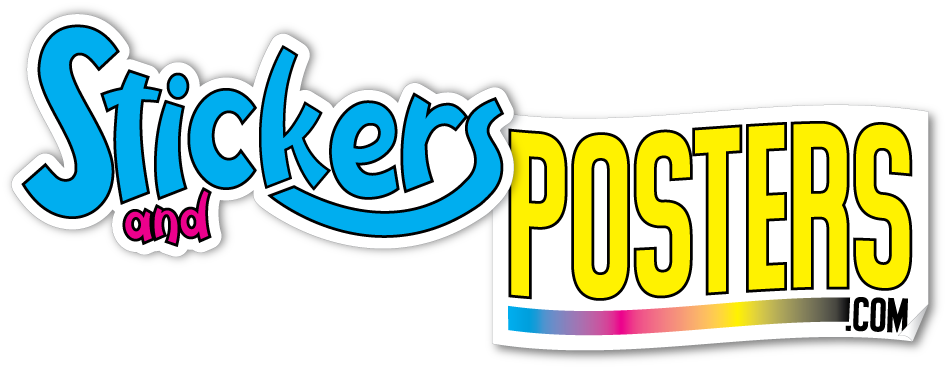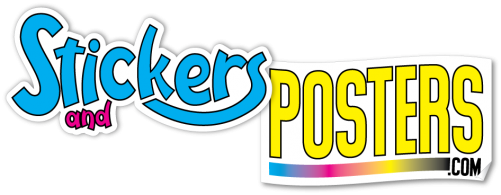
It’s Time to Start Thinking About Graduation…
May 5, 2022
Why Print-on-Demand is Smart for E-Commerce
June 1, 2022Interested in launching a new business but aren’t sure where to start? This step-by-step guide is designed to help you with everything from conceptualizing and validating your idea(s) to determining the logistics of launching your product or service.
1. Find a Business Idea
The first step in starting a business is figuring out what you want it to be. Finding small business ideas is a task you can approach systematically by relying on time-tested approaches that have worked for other entrepreneurs. Whether you plan to leverage a talent, follow a passion, fill a niche, or something else altogether, it’s imperative you have a clear understanding of your business idea and can effectively communicate and share it with others.
2. Draft Your Business Plan
Drafting a business plan helps formalize your idea and can streamline the business-creation process as it forces you to methodically work through your thoughts and establish a strong foundation. A general business plan should include:
- Company name and description
- Market analysis
- Management and organization
- Products and services
- Customer segmentation
- Marketing plan
- Logistics and operations plan
- Financial plan
3. Secure Financing
Your business plan will help determine how much money you’ll need to get up and running. Some of the most common funding options include: personal investments, business loans, business grants, and crowdfunding.
4. Select a Business Structure
Choosing the right structure is about balancing the legal and financial protection you need with the flexibility offered by different options. It’s an important decision, and it’s one you should consider carefully before you launch your business. While business structures vary based on your location, the most common business entity selection are: sole proprietorship, limited liability company (LLC) and corporation.
5. Get Federal and State Tax ID Numbers
Federal tax ID (EIN)
A federal tax ID, also called an employer identification number, or EIN, is a nine-digit number the IRS assigns to businesses and organizations for tax purposes. Think of it as your business’s Social Security number.
You’ll need an EIN if
- Your business has any employees other than yourself
- Your business is incorporated
- You have any partners in your business (i.e., it is a multi-member LLC)
- You take over an existing business either through purchase or inheritance
- You have a retirement plan for self-employed individuals or solo 401(k) retirement plan
- You want to open a bank account (Not all banks require an EIN, but most do.)
- You file for bankruptcy
Having an EIN will
- Help you when you file taxes
- Protect you legally
- Help protect your personal information
- Help you establish credit
State tax ID
A state tax ID is separate from your EIN. An EIN is assigned by the federal IRS, while a state tax ID is assigned by your state.
A state tax ID has a similar purpose to an EIN in that it helps your business comply with state laws. However, each state has different requirements, regulations, and even tax laws. We encourage you to research your individual state’s laws to see whether your business will need a state tax ID. As laws vary from state to state, you may wish to start at your state’s taxation department, department of treasury, or secretary of state.
6. Obtain a Business License and Permits
Once you understand how to start a business, you must identify which local, state, and federal licenses you may need to operate legally. It’s worth consulting with a small business lawyer to get advice before you launch your business.
7. Establish a Business Bank Account
To make managing your finances far easier, take the time to open a business bank account and obtain a business credit card. Separating personal and professional finances simplifies your tax prep and filing and can help you automate some of the financial steps to starting a business.
8. Purchase Business Insurance
Business insurance helps protect your small business and personal assets from anything that could go wrong. Each state has different laws and requirements when it comes to insurance, but even if your state doesn’t require it, it’s always a good idea to give yourself and your business extra protection. The most common types of business insurance include: liability, commercial property, commercial auto, worker’s compensation, professional liability, product liability, business interruption, cyber liability, and umbrella.
To help you decide on what insurance you may need, you must first understand the risks of the industry you’re in. As this process can be overwhelming, you may wish to work with a commercial insurance agent who can help you find policies that match the needs of your business and your price point.
9. Brand Your Business
While building a brand is no easy task, it is critical to your visibility and success! A brand is more than just your logo and name, it’s how people perceive you whenever they interact with your small business.
Common elements of branding include:
- Brand logo; A symbol made up of text and images that identifies your business. An effective logo expresses your values and communicates what you do.
- Company colors and fonts: Your colors, logo, and font play a role in your visual identity. Visuals tie into human emotions and can help reinforce your position and brand experience.
- Voice, tone, and messaging: A consistent and recognizable voice across all your touch points makes your brand sound more human and helps connect with your audience on a personal level.
- Brand positioning: A brand position makes it clear who you serve. It communicates to your target audience why you are the best choice for them and what makes your products different.
10. Launch Your Website or Online Store
Starting an online store or website for your business is both rewarding and profitable when done right. Having an online presence will gain credibility with potential customers and make it easy for them to access your business, versus going to a physical store.





